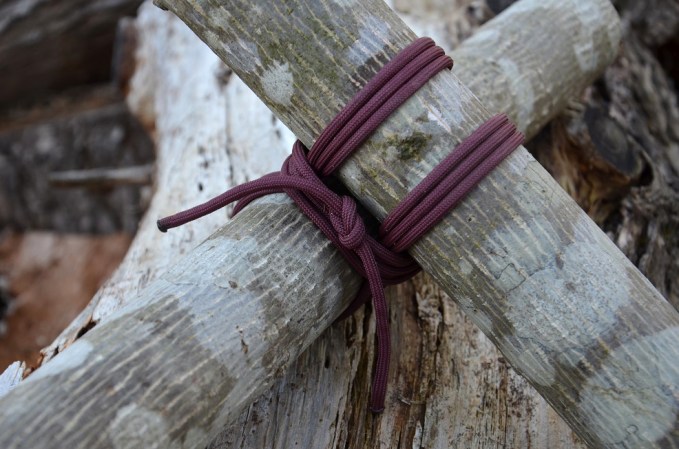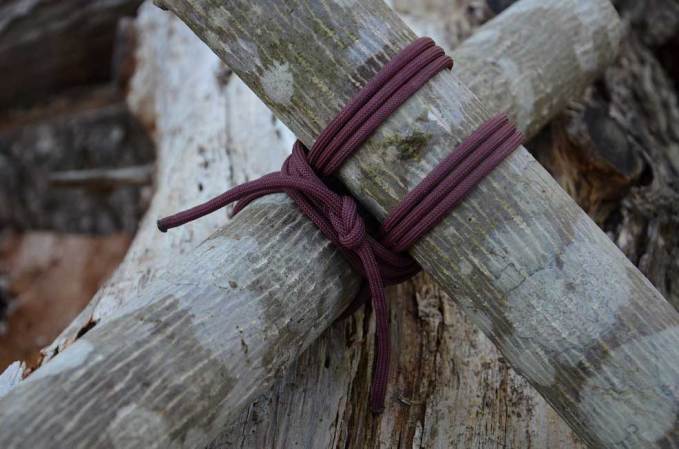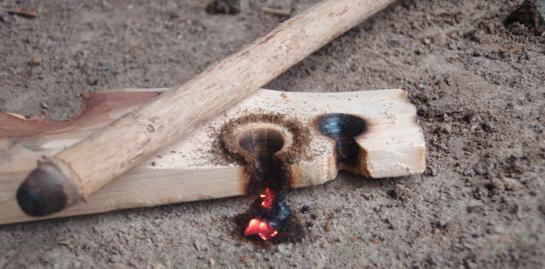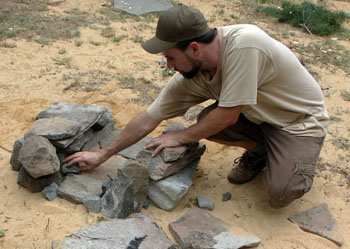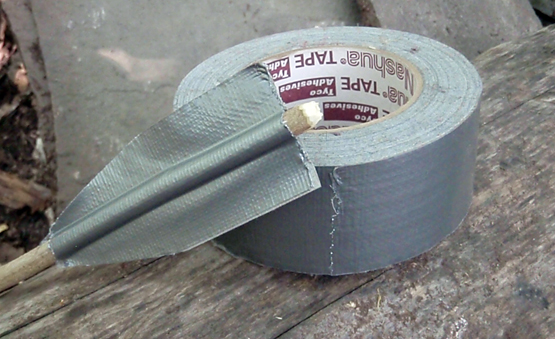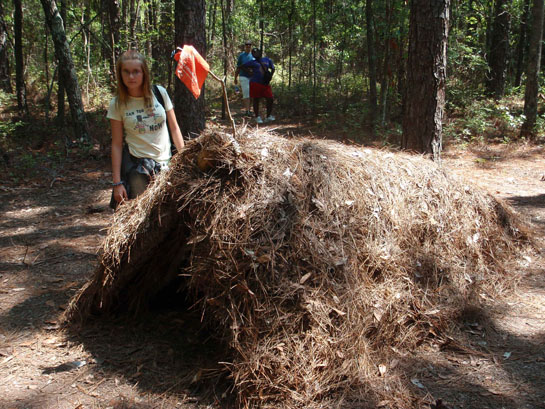The lean-to is a classic shelter around the world. It’s in just about every survival book and it shows up on a lot of survival television programs since it makes a very “survivally” backdrop. And it is useful…when you use it for the right reasons.
How To Build A Lean-To
First, you’ll need to select a long, sturdy pole. It should be at least as big around as your arm and strong enough not to break under the shelter’s weight. The pole could be any length, as long as it fits the supports you have chosen.
Next, you’ll need a pair of beam supports. These can be a pair of strong poles 4-6 feet tall with a very sturdy fork at the end of each. These hold the beam up and pin it against two trees, or a tree and a large rock, or some other structures that cannot fall over. Select a location where the supports and beam can lean up against trees or other structures allowing the open side to face east, or away from the prevailing wind.
The beam supports and the structures they lean against should be tested for strength. Hang on them or push on them with your full body weight. They must be sturdy. A word of warning before we move on: Don’t try to build freestanding lean-tos. The one-sided construction makes them dangerous, and they can act very much like a large dead fall trap. Always set up your lean-to so that there is no danger of collapsing.
Now it’s time to add the ribs. These can be dead branches, bamboo, or any other poles. These are placed at a 45-degree angle along the windward side of the beam. Place the ribs close together so that the leaves or any other roof covering won’t fall through.
Heap leaves or other debris over the frame work. This material can also be grass, ferns, moss, pine needles, brush and tree boughs. The materials can be wet or dry. Their purpose is to block wind and rain, while offering a little insulation.
The angle of the average lean-to will shed water fairly well, but bark slabs can be placed as shingles for even better water resistance. A great roofing addition is a layer of plastic or a tarp to limit the rain penetrating the roof. Twigs or branches should also be placed on the outside of the structure to keep the wind from stripping the leaves away. Now you have a fine woodshed, or outdoor workspace.
But I wouldn’t call this thing a home away from home, the lean-to is not quite as efficient of a shelter as the TV shows and books would lead us to believe. Think of it as a house with only one wall and half of a roof. It offers little in the way of insulation; and merely deflects wind and reflects the heat of a nearby fire. When the fire goes out, the warmth goes too. The wind can also shift and blow alongside of the lean-to opening or directly into it, chilling you in cold weather, and choking you with campfire smoke.
This shelter is best used as storage, as a wind block and as a fire reflector. Use the Leaf Hut for your sleeping quarters, especially in cold or windy weather.
Photo: Under construction lean-to, next to leaf hut

